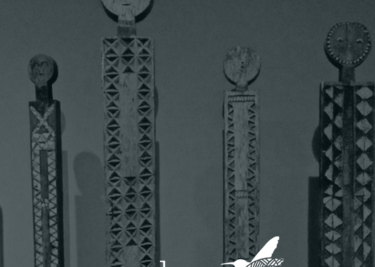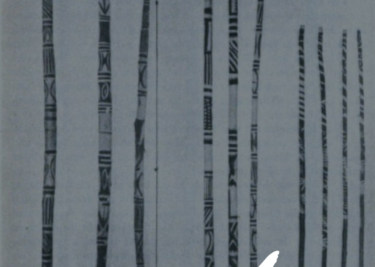Gabra Marriage Ceremony
Among the Gabra, arranged marriages were customary. Parents chose spouses for their children with the single rule that they were not to choose a prospect from the same clan. Marriage talks between families began when the children were as young as five, however, the children were only informed of their destiny much later, a few weeks before the wedding. Once the children were betrothed, a date had to be set.
Ceremony dates have always been important in Gabra tradition. They follow the lunar calendar in this selection. In the case of marriage, only three months are accepted; these are: Yaqa (the first month of the Gabra lunar calendar), Soom D’eera (the seventh month) and Soom D’eera Eege (the eighth month). In these months, the wedding day could only be on the third or fifth day after sighting the full moon but preparation for the ceremony began two weeks before.
For the first wedding ritual, eight members of the girl’s clan and the groom’s father participated. The group of eight consisted of four clan elders and four married women who had male children and had never suffered a miscarriage or the loss of an infant. This group made its way to the boy’s home and stand outside his father’s camel enclosure where the boy’s father was waiting. A prayer was said before the procession was led through the enclosure to exit from the other side. They then made their way back to the girl’s home and communed with the family. The path taken by this group was extremely important as it was to be used in subsequent wedding rituals.
The week before the wedding, the girl’s family sacrificed their fattest sheep in a ritual known as Sorio Mana Diba (the sacrifice of polishing the house). The fat harvested from this sheep was used to polish items such as mats and hides that would go into the couple’s new home. This was done to make the items look nice and shiny. While these preparations were underway in the bride’s home, the groom’s family were building a hut where the two would live in after the wedding.
The wedding day was a happy occasion and was highlighted with traditional wedding songs. The groom’s family made their way to the bride’s home through the path used during the first ritual. Upon arrival, they were welcomed with a cup of coffee. The groom’s family then paid the moila (dowry) that had been agreed upon during negotiations. Moila was paid in form of camels and once paid, the marriage was considered legitimate. The procession then made its way back to the groom’s home through the wedding path for the shaving ceremony. While all this took place, the bride was kept indoors, away from sight of her new in-laws.
While the groom was having his hair shaved, the bride’s female relatives busied themselves dismantling her mother’s hut and building her a smaller one to signify the reduced size of her family. That night, when the moon had risen high, the girl was covered in a while shawl and led to her husband’s house by her female friends. There the groom was waiting outside his father’s camel enclosure to receive his wife. He would lead her through the enclosure and into the newly constructed hut and this is when the two would see each other for the first time.
Paukwa family, what do you think about traditional Gabra traditional weddings? Do you know of other marriage ceremonies practiced by Kenyan communities? We’re eager to hear from you!
#PaukwaCelebrations
#OurKeCulture



